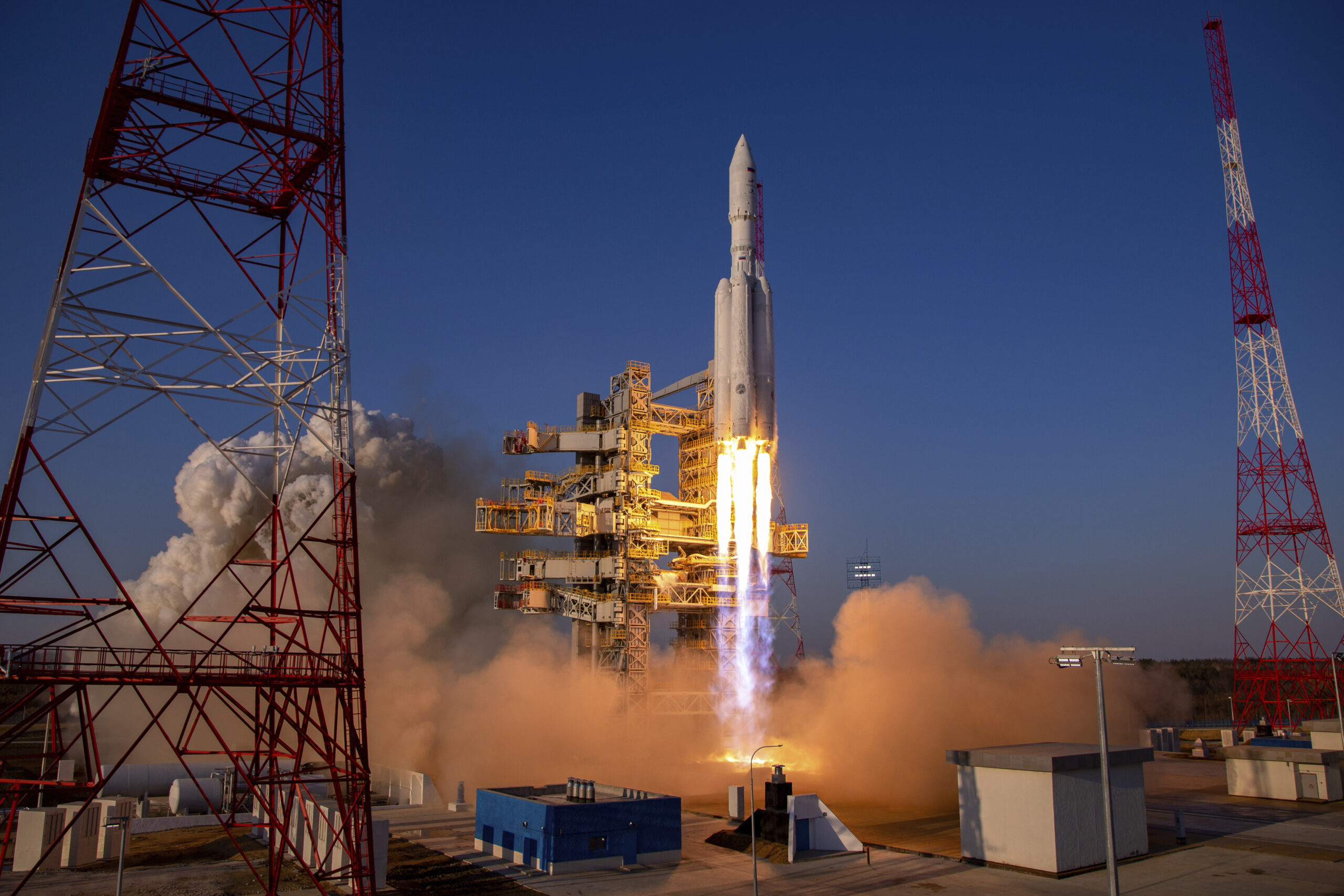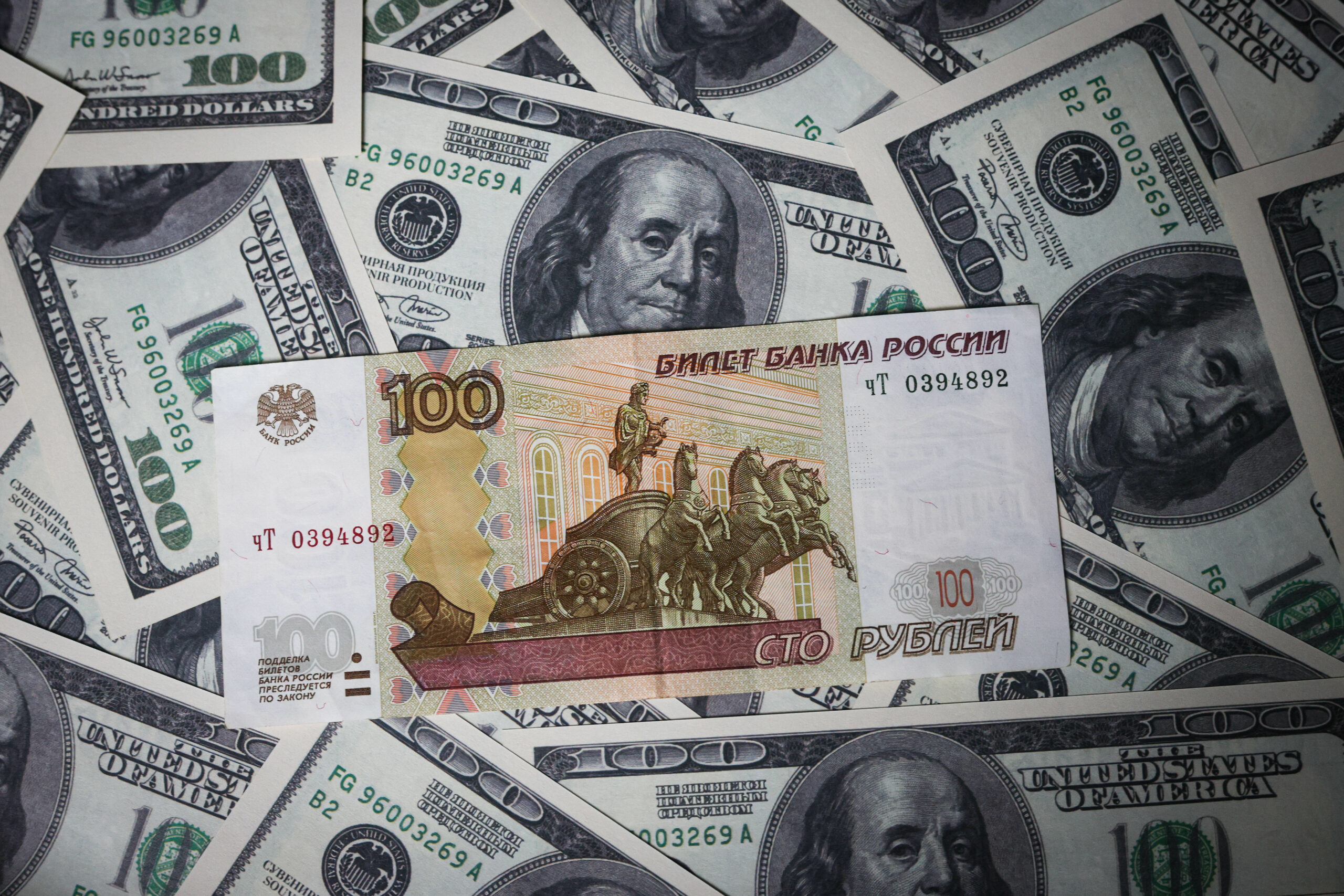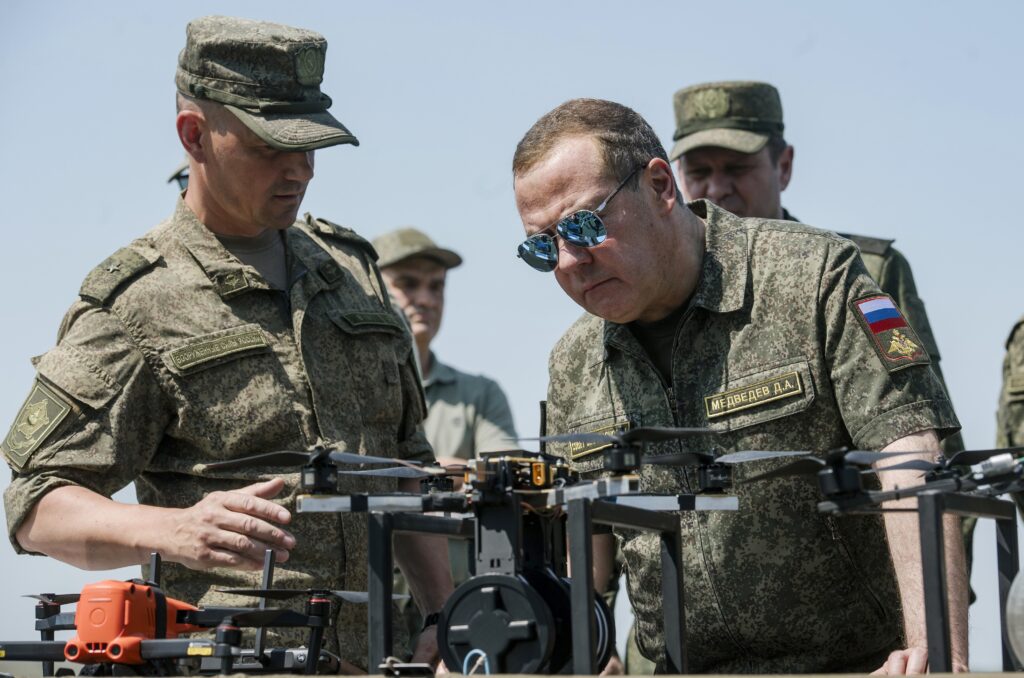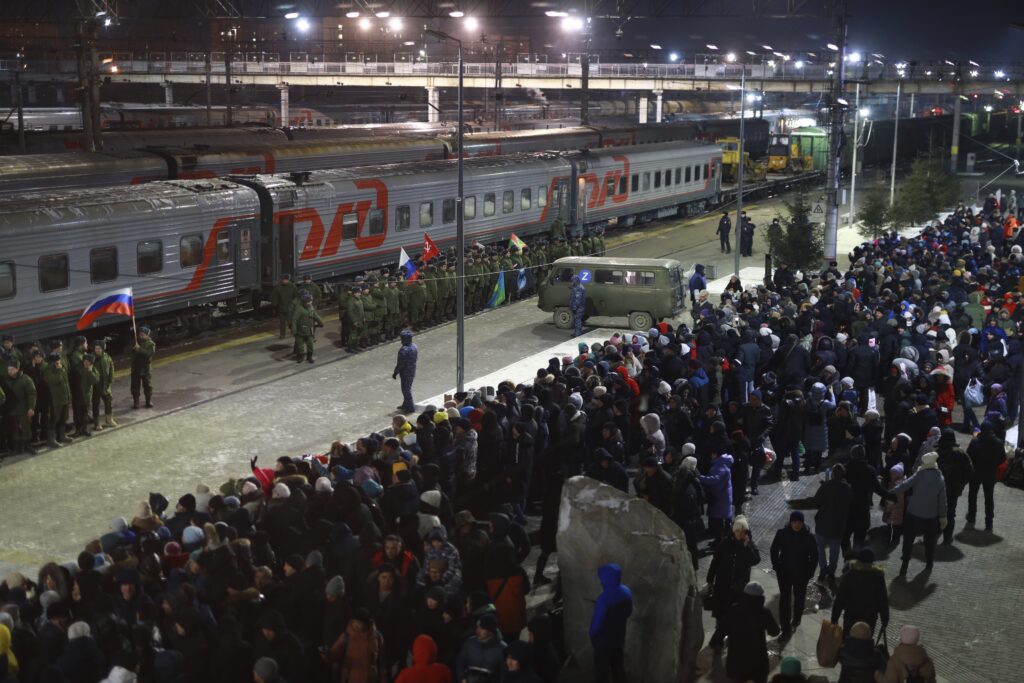Russia conducted another test launch of the «Angara”-A5 heavy rocket from the Vostochny cosmodrome, and the recently launched «Resurs”-P optical Earth observation satellite No. 4 sent back its first images. Over the past four months, Yuri Borisov, the head of Roscosmos, has made a series of optimistic statements, talking about the unexpected reduction in the state corporation’s losses for 2022−2023 and about efforts to establish mass production of satellites for various purposes in Russia and to develop reusable space rockets using liquefied natural gas as fuel.
The reality, however, is more complicated. Russia is not so much moving forward as it is trying to preserve and/or restore the capabilities it once had. Firstly, after almost 30 years of development, the «Angara» family of launchers has managed to become obsolete before it has even entered service, compared to the launchers that have already been developed and are flying regularly, or are currently being developed in other countries. In the coming decades, Russia will fly into space on rockets that are inferior in terms of payload capacity to their foreign counterparts and also significantly more expensive. Moreover, the sheer number of these rockets will be limited: no more than eight «Angara”-A5s per year, which is comparable to the average annual production of «Proton”-M boosters.
Second, the new «Resurs”-P satellite was launched to replace three similar satellites that had long since been out of service. At best, the planned launch of another similar satellite this year, as well as work on an upgraded version of «Resurs”-PM, will be able to restore by 2026 the capabilities that Russia had in the mid-2010s. Moreover, the delay in launching the current satellite was at least six years, and it is built using imported components, at least some of which were purchased no later than 2014.
In this context, the dynamics of the financial situation of Roscosmos and its intention to master the technologies of large-scale production of satellites, which the American companies SpaceX, Planet Labs and Airbus OneWeb Satellites possess, appear to be an attempt to find a perspective and to move forward by a mere effort of administrative will.
The ‘vanishing’ losses trick
In 2022, Roscosmos reported a loss of 50 billion rubles ($ 730 million), but it was recently revealed that it was actually 18.3 billion rubles ($ 267 million). In 2023, Roscosmos’s loss was 15 billion rubles ($ 176 million). By comparison, in 2021, the year before the war, the company’s loss was 31 billion rubles (about $ 420 million). The main «sponsor» of this retroactive loss reduction is the Russian government.
The corporation’s cumulative loss for two years exceeded 33 billion rubles. And it is even being touted as a success, as it was revealed that the original loss for 2022−2023 was planned to be 54 billion rubles. But if we go back to the fact that the original loss in 2022−2023 was still 50 billion, then without the government’s intervention the cumulative loss in 2022−2023 would have been much higher than planned.
In other words, the deeply unprofitable state corporation certainly received a financial injection of tens of billions of rubles in 2023. Admittedly, it is not clear in what form this was done: in the form of writing off debts to state banks as part of government guarantees and/or as part of additional advance payments for work under long-term government contracts (and/or by indexing their costs). Nevertheless, it can be safely assumed that a similar mechanism of loss compensation is in place for other companies in the Russian military-industrial complex.
Under such conditions, all efforts to maintain Russian capabilities in space — from new launch vehicles and the Russian orbital station project to the maintenance and updating of the GLONASS global navigation satellite system — are a priori unsustainable. This explains why the company’s management is so keen to find a new development paradigm: in its current form, the Russian space industry produces, at best, limited and untimely results.
Space technology with elements of the cargo cult
And yet, the Roscosmos leadership is not prepared to seriously rethink and revise the Russian space program. The main political objective is clear: Russia must remain one of the leading space powers, able to seriously influence the agenda of space use, especially in political, military and technical aspects. However, limited human, production and financial resources mean that there is inertia in the planning and implementation of individual parts of the space program, as well as a desire to minimize risks at all levels of the Russian bureaucratic and corporate hierarchy.
That is why, almost everything Russia does in space today is either an attempt to borrow and reproduce American technologies or at least the technological paradigm of the American space program (but not the institutional environment), or a reaction to the growing gap between Russia and the United States in terms of their space projects and achievements.
For example, the «Orel» manned spacecraft project, formerly known as «Federation», appeared several years after the United States decided on plans to develop the «Orion» spacecraft, the concept of which Russian designers are trying to reproduce in «Orel». Work on a methane rocket engine began shortly after support for the development of such engines became part of NASA’s strategy and the US company Blue Origin began building the BE-4 engine. It should be noted that all liquid propellant rocket engines developed by Russia in the 1990s and 2010s are derived from the Soviet RD-170 engine. In other words, Russia has not developed a single truly new engine in the last thirty years or so. Developing a methane engine is therefore a really serious challenge for Roscosmos, not to mention the technology of reusable rocket stages using such an engine.
The same should be said of the idea of creating large-scale satellite production, which seems to be Borisov’s personal priority. Today, such production only exists in three American factories, but Roscosmos has nonetheless embraced the concept, despite having neither the necessary technologies and industrial base, nor the skills, nor a developed domestic market for the services these satellites could provide. The main point here is that the company is trying to follow the leader — American space industry — that still serves as its only reference point in space affairs, as has been the case for the past few decades.
It is interesting to note that Russia produces 15 satellites of various types per year, with a declared capability to produce 40 satellites per year. And yet, in just two years, in 2026, it intends to produce 250 satellites per year. This reflects an obvious desire to speed up the modernization of the Russian space industry through a simple effort of administrative will, but surfing on the technologies launched and tested by the Americans, i.e. without taking unnecessary risks. And in this context, the number 250 has no clear justification other than the fact that it represents a production rate of one satellite per working day during a calendar year. Simply put, it is a benchmark that every official and employee in the space industry can see and that becomes an imperative.
However, this figure confirms the choice of small, simple satellites with masses ranging from a few kilograms to 500 kg. This means that their active life will be a few years at best, but a steady production rate should allow them to be replaced on a regular basis. The quantity of such satellites thus becomes more important than their quality, as Russia has obvious problems in accessing advanced space electronics produced in the US, EU and other countries with developed industries.
Russia is trying to reproduce the format of mass production of satellites, but with exactly the opposite content. American companies are following the path of assembly-line production of increasingly complex vehicles in their niches and not all national space agencies and foreign space companies are trying to follow this path. Roscosmos, on the other hand, is looking for a way to establish the production of a large number of satellites for various purposes from relatively accessible and relatively cheap imported electronics intended for use in industry or even directly for consumers. In addition, because of their low mass, these satellites could be launched in large batches on a limited number of available launch vehicles.
All this suggests that the demonstrative optimism of the Roscosmos leadership masks the sober realization that the possibilities for the development of Russian cosmonautics, on the basis of which the Federal Space Programme for 2016−2025 was drawn up, have long since been exhausted. At the same time, there are still no new opportunities to speak of, and yet, there is a governmental order to find these new opportunities at any cost.










